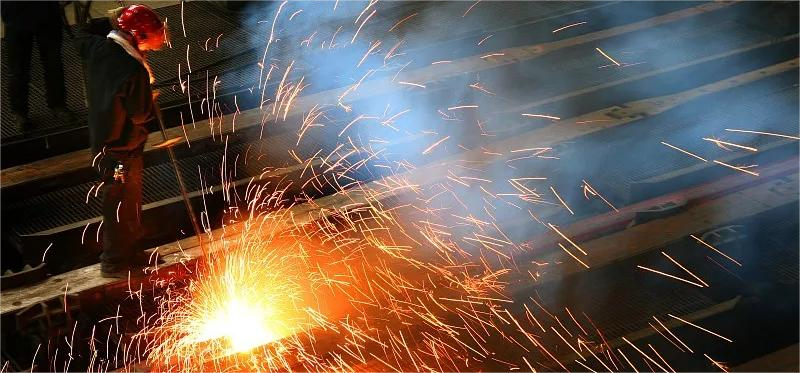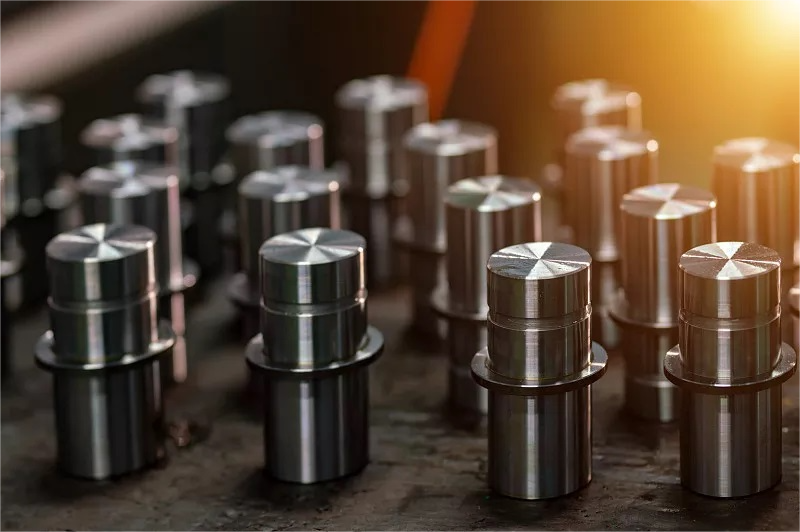Casting parts, also called the casting, is to use all kinds of casting method for metal forming objects, namely the good liquid metal smelting, casting, injection, inhaled or other casting method into the prepared mold, after cooling after grinding and other follow-up processing means, of a certain shape, size and properties of objects.
2. Casting History
Casting applications have a long history. Ancient people used castings and some utensils for living.
In modern times, castings are mainly used as blanks for machine parts, and some precision castings can also be used directly as machine parts.
Casting occupies a large proportion in mechanical products, such as tractors, casting weight accounts for about 50 ~ 70% of the weight of the whole machine, agricultural machinery accounts for 40 ~ 70%, machine tools, internal combustion engines, etc., up to 70 ~ 90%.
Among all kinds OF castings, mechanical castings HAVE THE largest variety, the most complex shape and the largest dosage, accounting for about 60% of the total production of castings. This is followed by metallurgical ingot molds and engineering pipes, as well as some tools in life.
Castings are also closely related to daily life. For example, often used doorknobs, door locks, radiators, upstream and downstream pipes, iron POTS, gas stove frames, iron, etc., are castings.
Castings have a variety of classification methods:
According to the different metal materials used, it is divided into steel casting, cast iron, cast copper, cast aluminum, cast magnesium, cast zinc, cast titanium and so on.
Each type of casting can be further divided into different types according to its chemical composition or metallographic structure. For example, cast iron can be divided into gray cast iron, nodular cast iron, vermicular cast iron, malleable cast iron, alloy cast iron, etc.
 According to the different casting molding methods, castings can be divided into ordinary sand castings, metal castings, die castings, centrifugal castings, continuous castings, investment castings, ceramic castings, electroslag remelting castings, bimetallic castings, etc.
According to the different casting molding methods, castings can be divided into ordinary sand castings, metal castings, die castings, centrifugal castings, continuous castings, investment castings, ceramic castings, electroslag remelting castings, bimetallic castings, etc.
Among them, ordinary sand casting is the most used, accounting for about 80% of all casting production. And aluminum, magnesium, zinc and other non-ferrous metal castings, are mostly die castings
Post time: Nov-02-2022

